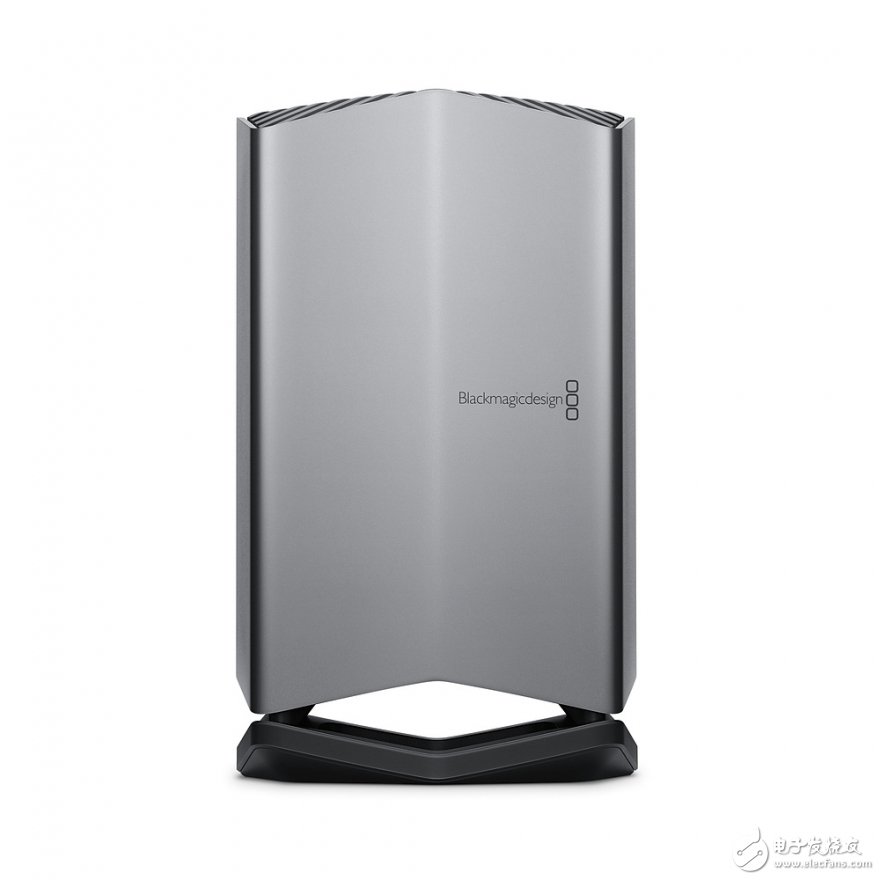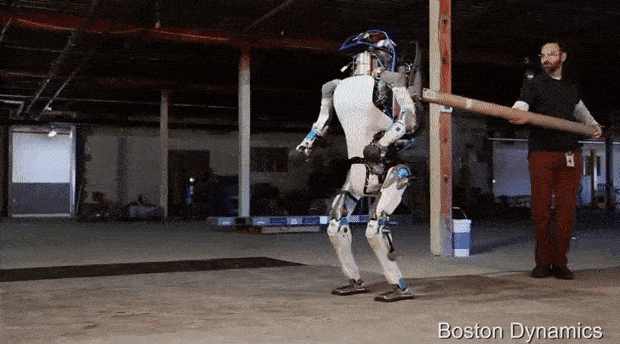
Recently, Google published a paper related to machine learning software, and released a video of using the software to test robots in the lab.
According to sources, these robotic arms were designed by MekaRobotics, a robotic startup company acquired by Google in 2013. Currently, only 50 of them have been manufactured. They have carried out heavy-weight (4.5 kg) tests in the laboratory. Although they are not practical, they have been tested. There is a prototype of a mature commercial product. Google’s robotics division has also been hoping to sell these robotic arms to manufacturers and warehouse management companies, but it has been opposed by Google’s parent company Alphabet. The reason is that these robot arms do not meet the "tooth brush test" standard proposed by the company's CEO Larry Page, that is, a commercial company can only launch products that can be used daily by hundreds of millions of users, just like toothbrushes.
In response, Google spokesperson said: "We use them to study how to use machine learning technology to achieve cooperation and cooperation among multiple robots. This is a very promising research area, but it is still in an early stage and the company has no external sales. Section of the robot arm."
The news was also confirmed by James Kuffner, co-founder of the former Google Robots Division. In an interview with the media, he said: “This robotic arm is a prototype product, but it has many advantages and the work of the R&D team. I also work very hard. If I can make decisions, I will launch this product in the market. Unfortunately, this is not the case."
In fact, the arm sales plan was halted just a microcosm of Google's "toothbrush test" standard.

In March 2013, Andy Rubin, known as the father of Android, no longer served as the head of Google's Android department due to business adjustment, and CEO Larry Page laid out a new task for him: to create a real robot department (Android is robotic meaning). With Andy Rubin’s push, Google had spent tens of millions of dollars acquiring 9 robotic startups. Meka Robotics, the design arm of the above robotic arm, and Boston Dynamics, the well-known robotic robot manufacturer, were in that period. Acquired.
Andy Rubin’s strategy for the entire robotics department is to let it go. He does not require the department to develop products of practical significance. In an interview, he said: "We do not plan to introduce any actual products in the next few years."
This statement was also confirmed by a former Boston Dynamics employee. He revealed to the media: Andy Rubin intends to let Boston Dynamics and several other robot companies maintain their original R&D plans. Then look at what kind of ideas these companies can come up with, and then decide to draw inspiration from them and form Google’s own commercial robots.
However, in October 2014, Andy Rubin left Google after the Google Robots Division was officially established less than a year ago. According to media reports, he left because he was faced with many “operational restrictions†in his work. The industry analysts believe that it is also possible that his management philosophy of “indifferent†to robots and other departments is inconsistent with Google’s top management. Ultimately, due to this contradiction, go away.
However, no matter what the real reason, the reality is that the Google robot department is in chaos. The representative of this is Boston Dynamics.
After Andy Rubin left, Google began to transform the robotics department according to the high-level thinking. On the one hand, it began to understand what these acquired companies are doing. On the other hand, they planned how to convert them into commercial returns. According to a former employee, the idea was put on Boston Dynamics and it became Google’s intention to develop a simple tire or caterpillar-driven home robot that could help users complete some basic physical work.
However, tires and caterpillars alone are against the vision of Boston Dynamics. They were born out of MIT's Foot Robot Research Institute MIT Leg Lab. Their vision has been to develop the most advanced robots on Earth. Excellent mobility, agility, dexterity, and speed. And they are not concerned about the business value that Google is very concerned about.
As a result, Boston Dynamics began to defy Google’s management and, in the distant Boston, proceeded to the ultimate goal of a robot with a little footsteps and turned a deaf ear to the headquarters order in Mountain View, California.
A Bloomberg report in March also confirmed this. The report cites Larry Page's assistant's speech at a conference: “A startup like ours (Boston Dynamics) never spends more than 30% of its resources on something that takes 10 years to succeed. We must start earning income to offset our expenses within a few years."
But Marc Raibert, founder of Boston Dynamics, did not take it for granted. In the face of the pressure from the parent company, he stated: "I am convinced that only what we do in Boston can bring the ultimate product. We are not as imaginative as people think. â€
It was with this contradiction that Google’s plan to sell Boston Dynamics was heard starting in March. According to Tech Insider's report in May, Toyota has already invested in Boston Dynamics and the transaction is already in progress. However, Google has not officially responded to the news until today.

Earlier, Boston Dynamics released a video of human beings who pushed robots up and stood up. The dumb robots exploded for the Internet for a time. Everyone felt that the robots were “abuse†and felt unfair.
In response, the director of the public relations department of Google stated: “We hope that the public will divide Google from the robots in this video. We do not want Boston Dynamics to become a new round of focus on Google’s reality.†Industry Analysis It is believed that such remarks imply that there is such a meaning: Google does not want investors to see that they are wasting money on projects that have no practical value at this stage.
As you can see, from the robotic arm, Boston Dynamics to the entire robotics department, Google has been practicing its own "toothbrush test" standard. Admittedly, for a business-driven company, we have to admit that Larry Page's "tooth brush testing" standard is indeed quite practical, but at the same time we should also realize that some technological developments with long-term value can not be used simply at this stage. The commercial return comes as a criterion for judgment. Whether companies or individuals are to make a correct trade-off between long-term investment and short-term return, they need to think hard.
Related Reading:
Boston Power New Atlas Robot Balance Force Explosion Watch
Boston Power Robot Day Mission: One by one, with different styles and combat power | New Ideas
Fiber Optic Distribution Box,Fiber Optic Breakout Box,Fibre Optic Breakout Box,Fibre Break Out Box
Cixi Dani Plastic Products Co.,Ltd , https://www.danifiberoptic.com